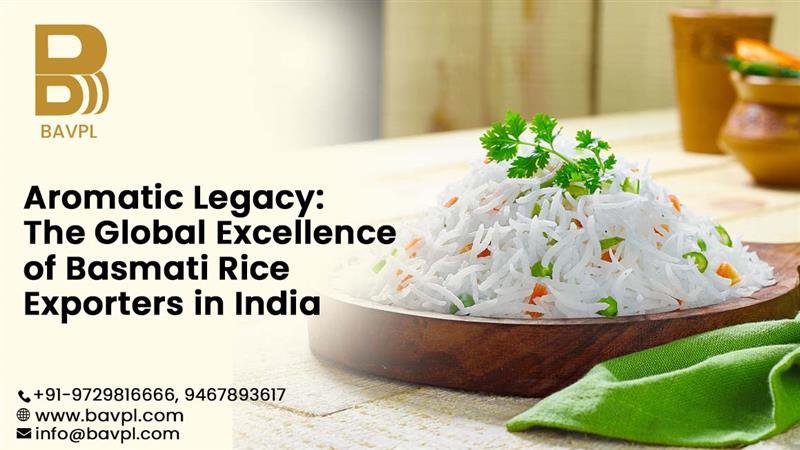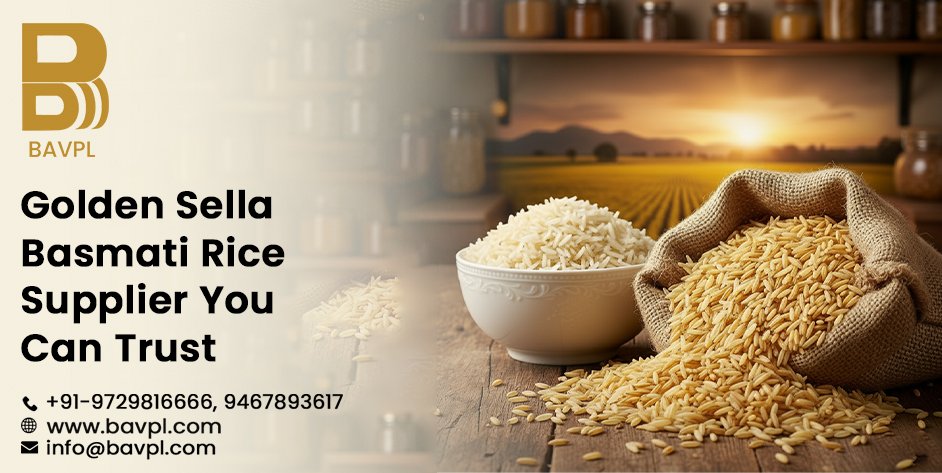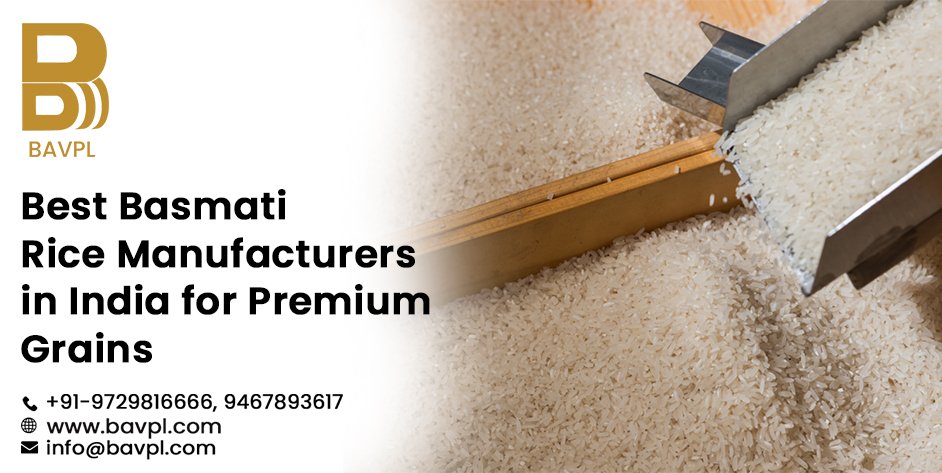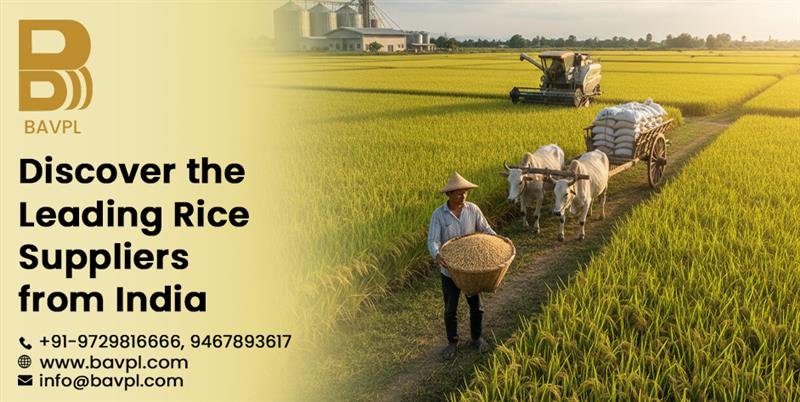The universe of rice is extremely wide and diverse, but nothing is as enticing (or delicious) than Basmati. With famous aroma, long grains and royal flavor, the rice represents the best of India’s agricultural heritage. This blog will show why Basmati Rice Exporters in India set the gold standard in international rice trade from its heritage, quality and ways it connects Indian farmlands to the kitchens around the world.
The Pride of Indian Soil
Among the most exquisite varieties of rice grown in India is the basmati rice. Delicately cultivated with love on the fecund plains of the Himalayas, rice today has centuries of cultivation and tradition. What makes Basmati Rice Exporters in India different is not the quality of the food, but the story of the food: purity, patience and perfection.
Distinct Elements that Characterise Basmati Quality in India
Every grain of the Basmati rice reflects promise of the understanding and authenticity. Here is what you need to know why Indian exporters are at the forefront in the global marketplace:
• Long Grain Quality: The long, non sticky grains will expand considerably during cooking, a feature that is an asset for every type of cuisine
• Distinguished Aroma: Fragrance of the Basmati rice is unmatched and will improve dish while showcasing the creativity of cook
• Eco Friendly Production: Indian exporters often work directly with local farmers who believe in sustainable production practices
• Quality Control: Every step of the Basmati production process from paddy selection to packaging is subject to the global food safety standards
The Journey of a Basmati Grain
Stage | What Happens | Impact on Quality | Exporter’s Role |
Sowing Season | Seeds are planted in nutrient rich Himalayan soil. | Determines aroma and grain strength | Choose premium seed varieties for the cultivation |
Harvest and Drying | Paddy is harvested | Reduces moisture, enhances shelf life | Monitor humidity and grain moisture levels |
Milling and Polishing | Rice is milled and polished to perfection. | Improves texture and the visual appeal | Use modern mills to maintain grain length |
Packaging and Export | Vacuum sealed or nitrogen packed for freshness. | Locks aroma and prevents breakage. | Ensure eco friendly and durable packaging. |
Worldwide Presence and Sustainable Excellence
Currently, the
Basmati Rice Exporters in India have met the domestic needs of consumption whilst also being frontrunners in exporting large quantities of rice to the markets of the UAE and Saudi Arabia, Russia, Azerbaijan, EU. Due to modern milling and packing techniques and dedicated sustainability initiatives toward ethical sourcing, Indian Basmati maintains its fragrant aroma and the remarkable freshness when it arrives to the consumers around the world.
- Modern Architecture: unitized polishing and grading because it promotes unitized polishing and the grading systems to ensure consistent quality
- Efficient Logistics: a completely planned logistics channels to ensure on-time delivery to several continents
- Sustainable Assurance: exporters guarantee organic and residue free rice production
Conclusion
In world where authenticity matters, Badri Agro shows the India’s tradition of agriculture. (
BAVPL) Badri Agro Ventures is one of the top Basmati Rice Exporters in India, offers quality, trust and the taste in every grain of rice. Their dedication to sustainability, precision and the customer satisfaction has made them a brand of choice across the globe. Badri Agro continues to bring the exclusive aroma and elegance of the authentic Indian Basmati Rice from India’s flourishing fields to the tables around the world. There is a true taste of tradition in the every mouthful of Badri Agro Ventures Basmati Rice.
FAQs
1. What distinguishes the Basmati rice exporters in the India?
The quality, aroma and devotion towards producing rice sustainably and the authentically.
2. What makes the Indian Basmati rice famous around the world
It is long grain, has a fragrance, and is fit for royalty.
3. How do exporters keep Basmati the rice fresh?
By using modern packaging systems by vacuum-sealing and packaging in nitrogen.
4. Which countries tend to import most the Indian Basmati rice?
UAE, Saudi Arabia, Russia, Azerbaijan, and some European Union countries.
5. How do exporters guarantee the quality of the Basmati rice
By using sophisticated milling, polishing and processes in compliance with the international quality regulations.




